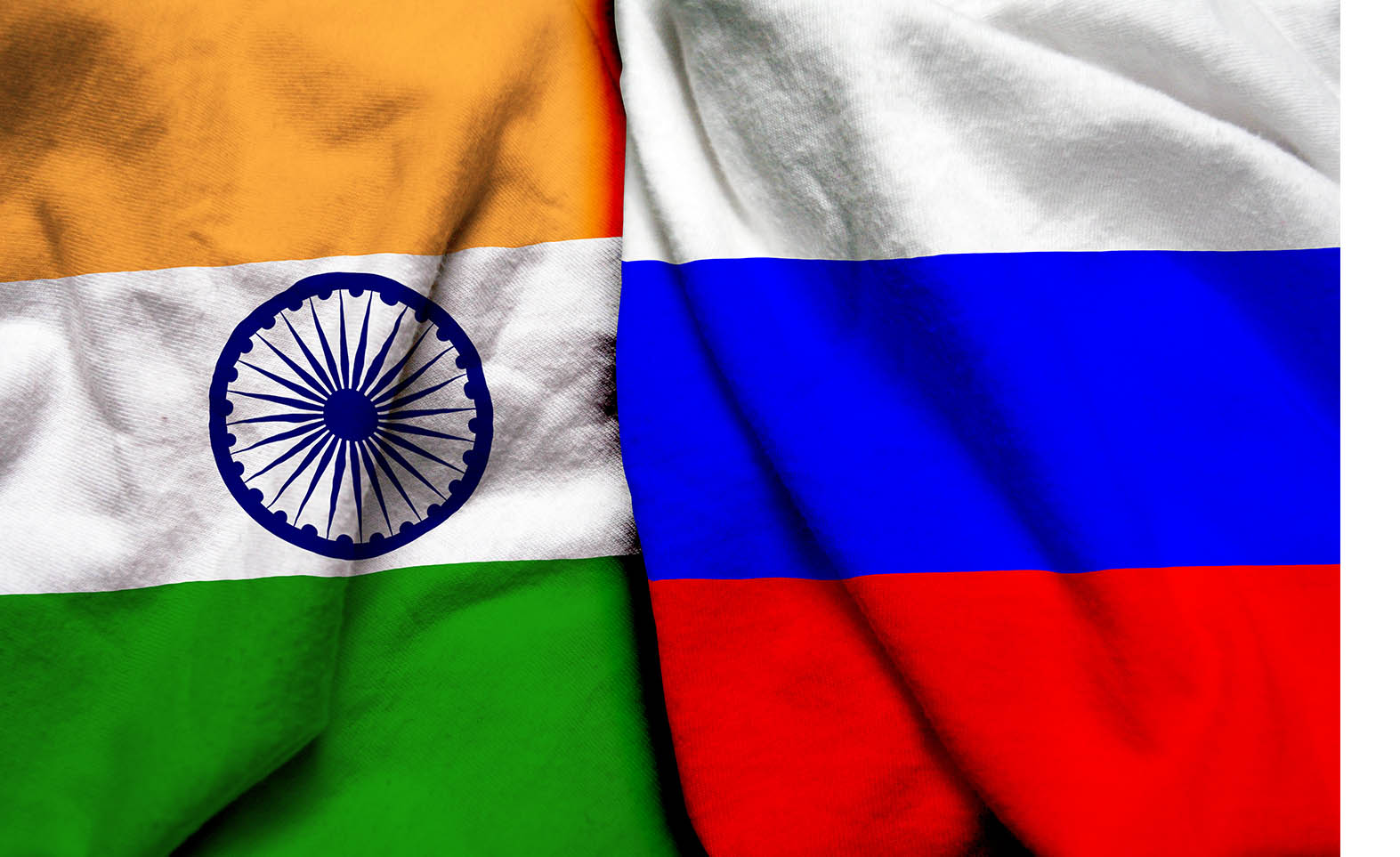
July 19, 2024
India's current trade deficit with Russia is US$57.1 billion; crude oil and petroleum products account for 88% of imports
Despite the trade deficit, India benefits from cheaper crude oil, reducing its oil import bill
India exports diverse products to Russia, such as smartphones, shrimp, medicine, meat, and chemicals, highlighting the potential for increased trade
If infrastructure investment is increased, the International North-South Transport Corridor (INSTC) could significantly reduce transit time and costs

According to the Global Trade Research Initiative (GTRI), India’s goal of achieving US$100 billion in bilateral trade with Russia by 2030 appears attainable. The think tank highlights that bolstering exports, facilitating local currency trading, and establishing a free trade agreement with the Eurasian Economic Union will boost trade. India’s main concerns include managing the US$57.1 billion trade deficit and developing an effective payment mechanism for transactions with Russia.
In FY24, bilateral trade between India and Russia stood at US$65.7 billion, with India’s exports to Russia amounting to US$4.3 billion. Notably, crude oil and petroleum products constitute 88% of imports from Russia. GTRI suggests that India should not be overly concerned about the trade deficit, as it benefits from obtaining crude oil at lower-than-market rates, thereby reducing the overall oil import bill.
Between FY21 and FY24, India’s exports to Russia grew by 59%, while imports surged by about 8300%, driven by strategic crude oil procurement. The trade deficit has risen to US$57.2 billion from US$2.8 billion before the war in FY21. GTRI notes that this surge is due to favourable trade terms and Russia’s need to find new markets amidst Western sanctions.
India exports a wide range of products to Russia, including smartphones, shrimp, medicine, meat, tiles, coffee, aircraft parts, chemicals, computers, and fruits. Experts emphasise that India has a competitive advantage in these products and suggests developing a product-level strategy to promote exports.
Regarding local currency trade, GTRI states that trade cannot be settled in rupees due to limited international use and Russia’s reluctance to accumulate the Indian currency. With US sanctions preventing Russia from using the SWIFT system for dollar transactions, India faces the challenge of finding the best way to pay Russia US$60 billion in trade deficit.
GTRI proposes the establishment of a transparent currency exchange to provide clear, market-determined exchange rates between local currencies like the Indian rupee and other currencies such as the Russian rouble, Malaysian ringgit, Thai baht, and Chinese yuan. This multi-currency exchange platform could help countries like Russia efficiently exchange their currency surpluses.
The think tank also suggests operationalising the International North-South Transport Corridor (INSTC), a 7,200-kilometre multi-modal route linking India with Iran, Azerbaijan, Russia, Central Asia, and Europe. This corridor could reduce transit time between India and western Russian ports from 45 to 25 days and cut freight costs by 30% compared to the Suez Canal route. However, the corridor’s full potential remains untapped due to underinvestment in infrastructure.
Source: Economic Times